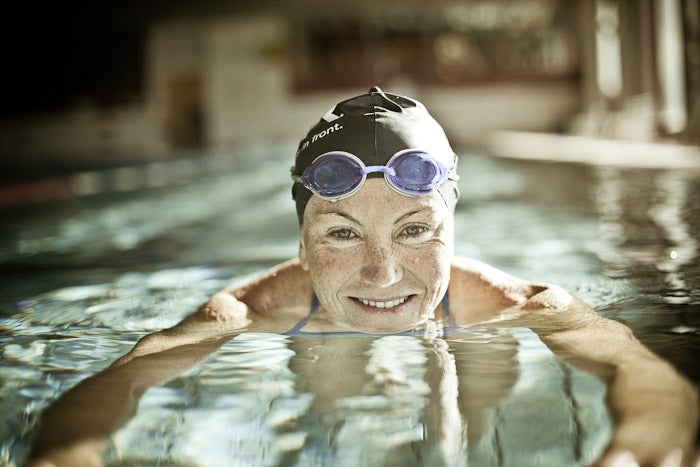Undaunted: A Profile Of Mary Beth Ellis

Photo by Jeff Clark.
Prior to her fifth-place finish at the 2012 Ironman World Championship, where she was also the top American woman, Mary Beth Ellis had lost only one Ironman race—Kona 2011, where she finished 15th. A seven-time Ironman champion, Ellis got a taste of the Hawaii podium, which has only made her hungrier for the Kona crown. And with her dogged resolve, she just might be USA’s greatest hope for the world title. Ellis looked to be out of the 2013 Ironman World Championship after a bike accident that occurred in mid-September. Despite some significant injuries to her right shoulder and collarbone, and a resulting surgery, she’s still hoping to make it to the start line. Learn more about her journey to Kona here. Read a profile of Ellis, which was originally published in the Kona 2012 special digital release of Triathlete magazine, below.